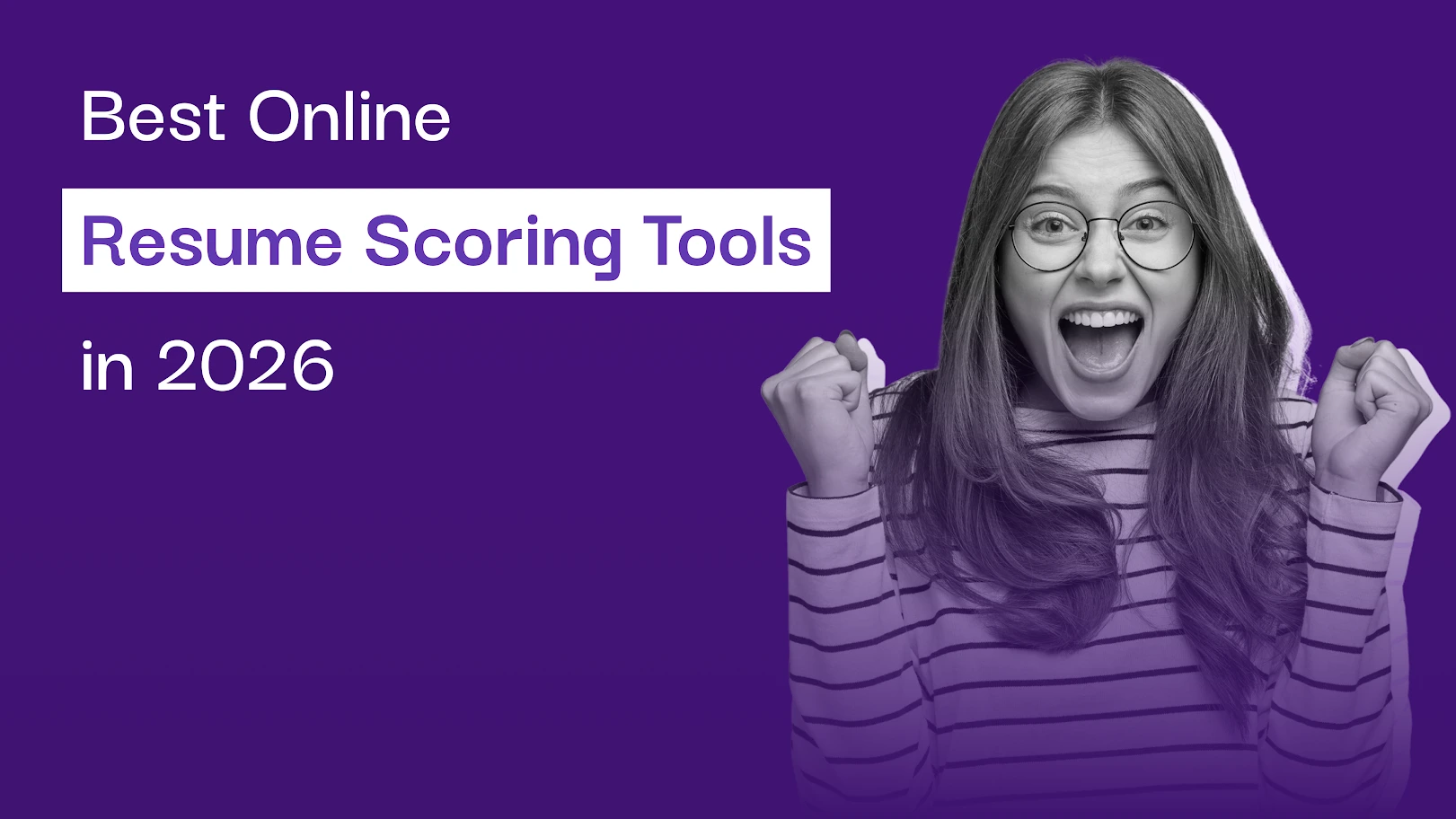When applying for a job, your cover letter is often the first chance to make a lasting impression. While your resume provides a succinct overview of your qualifications, your cover letter adds a personal touch that can make you stand out from the competition. Here’s how to write a compelling cover letter that captures the attention of hiring managers.
What is a Cover Letter?
A cover letter is a one-page document that introduces you to the employer, highlights your skills and achievements, and explains why you’re a perfect fit for the role. It enhances your resume by demonstrating your passion for the business and the role.
Why is a Cover Letter Important?
The importance of a cover letter lies in its ability to:
- Exhibit Passion: It shows how enthusiastic you are about the position and the business.
- Highlight Relevant Competencies: It enables you to describe how your background qualifies you as the ideal applicant.
- Personalize Your Application: Unlike a CV, it lets you connect with the reader on a more personal level.
How to Write a Compelling Cover Letter
1. Make a Powerful Opening
Your opening should grab the reader’s attention. Instead of using clichés like “I am writing to apply for,” start with something more engaging. Mention how you found the role and why you’re excited about the opportunity.
Example:
“Finding out about the Marketing Manager position at XYZ Company, a company I’ve always respected, thrilled me. With a background in digital marketing and a passion for results, I am eager to contribute to your team.”
2. Tailor It to the Job
Customize your cover letter for every job you apply for. Focus on the key skills and experiences that align with the job description, making it clear how you can add value to the company.
Example:
“I oversaw a group that effectively started a campaign that raised engagement by 25% in my prior position at ABC Corp. I’m excited to bring my expertise in digital strategy to XYZ Company.”
3. Emphasize Your Capabilities and Accomplishments
Use the cover letter to demonstrate how you’ve applied your expertise in prior roles. Don’t just state your qualifications—show the impact you’ve made with measurable achievements.
Example:
“I optimized the customer service process at DEF Ltd, resulting in a 15% reduction in response times and a 20% improvement in customer satisfaction.”
4. Explain Why You’re a Good Fit
Show that you understand the company and its values. Mention why you’re excited about the role and how your skills align with the company’s mission.
Example:
“I respect XYZ Company’s dedication to sustainability, and I look at the opportunity of helping you realize your goal of a more sustainable future.”
5. End with a Call to Action
Finish your cover letter by indicating that you’d love to discuss the job further. Express your gratitude for their time and provide an invitation to schedule an interview.
Example:
“I would be thrilled to discuss how my skills meet the needs of your team. I appreciate your thought and time. I’m excited to hear from you.”
When and Where is a Cover Letter Required?
When applying for a job online or via direct email, you are often required to provide a cover letter. It’s usually a mandatory document when:
- Job Postings Specify It: Always provide a cover letter if the job description specifically requests one. Ignoring this request may make you appear unprofessional or unqualified.
- Applying via Job Portals: Many job application portals, such as LinkedIn or Indeed, provide an option to upload a cover letter along with your CV. In these cases, it’s best to include one—even if it’s optional. This can make your application stand out.
- Email Applications: If applying via email, it’s essential to attach your cover letter and resume, either in the email body or as a separate attachment. Follow any specific format instructions in the job offering.
- In Competitive Job Markets: Even if not explicitly required, submitting a cover letter can help you stand out from the competition. It shows that you are serious about the position and took the time to tailor your application.
However, there are instances when a cover letter may not be needed:
- When Not Requested: If the job posting doesn’t mention the cover letter requirement, focus on submitting a polished resume.
- For Specific Roles: In some creative industries, portfolios or other forms of documentation may take precedence over cover letters.
Your Cover Letter: Your First Step Toward Success
Your cover letter is your chance to create a positive first impression with the employer. By personalizing your cover letter for each application and demonstrating your passion for the role, you’ll increase your chances of landing an interview. Take the time to craft a compelling cover letter that shows not only your qualifications but your enthusiasm for the opportunity. Your cover letter could be the key to your next professional success!



